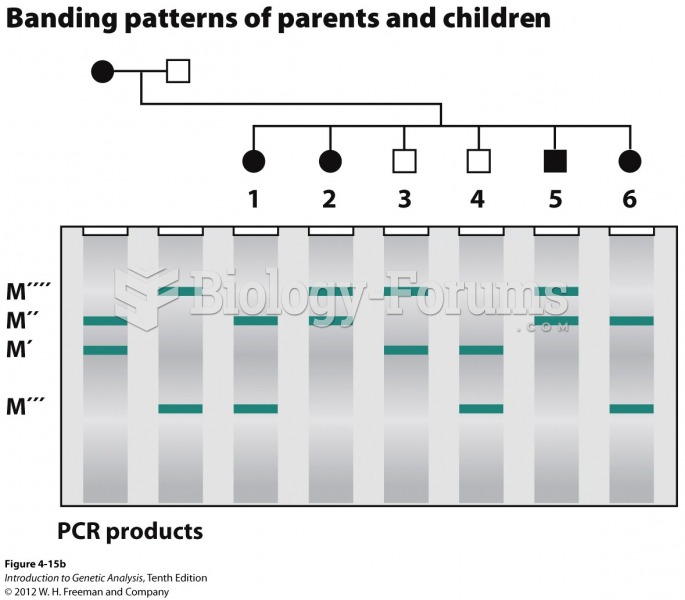|
|
|
If all the neurons in the human body were lined up, they would stretch more than 600 miles.
People about to have surgery must tell their health care providers about all supplements they take.
Blood is approximately twice as thick as water because of the cells and other components found in it.
The term bacteria was devised in the 19th century by German biologist Ferdinand Cohn. He based it on the Greek word "bakterion" meaning a small rod or staff. Cohn is considered to be the father of modern bacteriology.
Giardia is one of the most common intestinal parasites worldwide, and infects up to 20% of the world population, mostly in poorer countries with inadequate sanitation. Infections are most common in children, though chronic Giardia is more common in adults.







